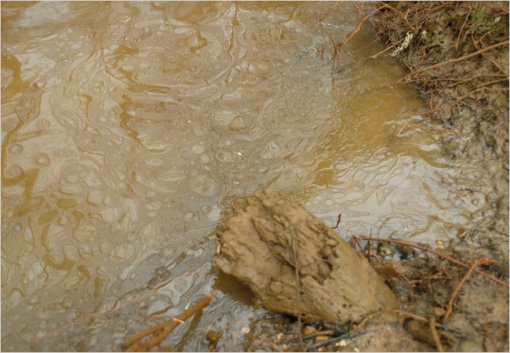 I personally have nothing against the University of Cincinnati’s newspaper, The News Record, but seriously…
I personally have nothing against the University of Cincinnati’s newspaper, The News Record, but seriously…
On the front page of the April 3, 2008 issue, there is a headline above a picture reading Solar-power alternative. The picture depicts a field in front of one of the college buildings covered with pinwheels. Then beneath that is the caption for the photograph, which reads, “Pinwheels in the ground on McMicken Commons represented the 1,000 people that die from some form of terminal cancer every day.”

I am now absolutely lost on the intended meaning of the photo.
Perhaps the headline is implying that, because solar-power is not a worthwhile endeavor, we should offer our resources to some alternative cause, such as curing cancer. The irony, of course, would be that the pinwheels imitate sources of wind power, which is an alternative to solar-power. But what then does wind power have to do with terminal cancer? I would really like to know.
Or perhaps the the headline implies that a good alternative to solar power is wasting resources. Solar power is usually tagged when speaking of alternative forms of energy and environmental causes, but here there is none of that at all. All I see is a magnificent waste of plastic, in the form of pinwheels, promoting ideas completely contrary to those usually related to solar power. What else are we to believe other than that the university does not support environmental causes?
That last possibility is that someone wished to tag a photograph with a completely irrelevant headline to make it appear as if the University has some sort of relationship with alternative energy research that is most easily disseminated subliminally. If this is the case, I recommend insert random keywords like green, conservation, and algaculture into headlines whenever possible. Nothing sends subliminal messages like “Ethnic Unrest Continues in China and Algaculture.”



